Suicide and Self-Harm in Our Youth: Assessment Tools and Treatment Approaches that Help Clients Heal – Tony L. Sheppard
$55.00
Suicide and Self-Harm in Our Youth: Assessment Tools and Treatment Approaches that Help Clients Heal – Tony L. Sheppard Download. Dr. Tony Sheppard is a li…
Salepage link: At HERE. Archive:
- Recognize indirect signs of suicide risk and effectively measure an array of risk factors
- Motivate and positively engage suicidal and self-harming youth in their treatment
- Interventions to build your clients’ coping skills and improve their interpersonal effectiveness
- Effectively work with school, peers and family – employ a multi-systemic treatment approach
- Unlock online tools that facilitate social connection and develop a sense of belonging in your clients
But fear won’t steer you away. You won’t let them face it alone.
Be prepared to offer these kids guidance and hope.
Dr. Tony Sheppard is a licensed psychologist and certified group psychotherapist who has trained hundreds of clinicians, educators, and medical professionals in the treatment of self-harm and suicidal ideation. In more than 15 years of working with children, adolescents, and young adults, Tony has uncovered the specific tools and techniques you need to help your young suicidal and self-harming clients.
Watch this essential seminar and walk away with:
- Assessment and screening tools specifically tailored for NSSI and suicidal youth.
- Tips for working with schools, peers, and families to improve treatment outcomes.
- Motivational techniques that engage teens and adolescents in their treatment.
- Replacement behaviors for Non-Suicidal Self Injury clients.
- Distraction strategies that help clients cope in crisis.
- Interventions that enhance self-esteem and self-acceptance.
- Exercises that develop problem solving skills in clients and their families.
- 5 tips for assessing online resources for helping suicidal and self-harming youth.
- Employ clinical screening and assessment tools to help you determine which clients present the highest risk for suicide.
- Apply motivational techniques that engage resistant suicidal and self-harming teens in the therapeutic process.
- Develop strategies for incorporating schools and peer groups into your treatment plans for suicidal and self-harming clients, and communicate how this multi-systemic approach can improve treatment outcomes.
- Articulate how alternative coping strategies can be introduced in-session to help self injuring clients manage triggering situations without engaging in self-harm.
- Communicate how clinicians can foster support among family members with techniques that promote problem solving and communication, and help young people feel in control and part of the therapeutic process.
- Utilize therapeutic interventions from Dialectical Behavior Therapy to improve your clients’ coping skills and interpersonal effectiveness.
- Non-Suicidal Self Injury (NSSI) and Suicide
- Primary motivations and neuropsychology
- NSSI and trauma
- Suicide and Suicidal Ideation – symptom or disease
- Is youth suicide contagious?
- Means and means restriction
- Relationship between NSSI and suicide
- Assessment is the Key to Effective Treatment
- A matter of trust – clinical implications of research on confidentiality of minors with mental health concerns
- Differential diagnosis
- Clinical screening and formal assessment tools for NSSI
- Recency and frequency
- Severity
- Triggers
- Who’s aware
- Suicide risk assessment
- SAFE-T
- PATH WARM
- Ideation, plan, means, intent
- Level of risk
- Intervention
- Use the Stages of Change/Motivational Interviewing Model in Treatment
- Assess readiness
- Gauge interventions
- Motivational techniques that engage teens and adolescents in their treatment
- Sustain and maintain recovery
- Case example
- Therapeutic Interventions Drawn from Interpersonal Neurobiology, CBT, and DBT
- Develop distraction strategies
- Build coping skills
- Enhance self-esteem and self-acceptance
- Improve relationships and relational skills
- Address trauma (Big T and Little T)
- Develop problem solving skills
- The role of adjunctive therapies
- Replacement Behaviors for NSSI
- Use of alternative harm behaviors
- Simulation strategies
- Proceed with caution
- Case example
- Employ a Multi-Systemic Treatment Approach
- Working with parents
- Educate and consult
- No one understands me – Validation in the family context
- The issue of control
- Contract to curb NSSI and Suicidal Ideation Monitoring
- The role of the school
- Who needs to know/how much?
- Reporting to parents
- Build “Trusted Adult” support networks
- The role of peers
- The impact of Veteran suicide on family dynamics and connectedness
- Working with parents
- Social Media, NSSI, and Suicide: The Harm and The Help
- Cyberbullicide – The impact of online bullying
- Video sharing, social media and self-injury
- Support and connection through social media, apps, and other technologies
- 5 tips for assessing online resources
- Online tools you can use
Here's an overview of the prominent keywords and a list of famous authors:
Business and Sales: Explore business strategies, sales skills, entrepreneurship, and brand-building from authors like Joe Wicks, Jillian Michaels, and Tony Horton.
Sports and Fitness: Enhance athleticism, improve health and fitness with guidance from experts like Shaun T, Kayla Itsines, and Yoga with Adriene.
Personal Development: Develop communication skills, time management, creative thinking, and enhance self-awareness from authors like Gretchen Rubin, Simon Sinek, and Marie Kondo.
Technology and Coding: Learn about artificial intelligence, data analytics, programming, and blockchain technology from thought leaders like Neil deGrasse Tyson, Amy Cuddy, and Malcolm Gladwell.
Lifestyle and Wellness: Discover courses on holistic health, yoga, and healthy living from authors like Elizabeth Gilbert, Bill Nye, and Tracy Anderson.
Art and Creativity: Explore the world of art, creativity, and painting with guidance from renowned artists like Bob Ross and others.
All the courses on WSOlib are led by top authors and experts in their respective fields. Rest assured that the knowledge and skills you acquire are reliable and highly applicable.
Specification: Suicide and Self-Harm in Our Youth: Assessment Tools and Treatment Approaches that Help Clients Heal – Tony L. Sheppard
|
User Reviews
Only logged in customers who have purchased this product may leave a review.

$55.00

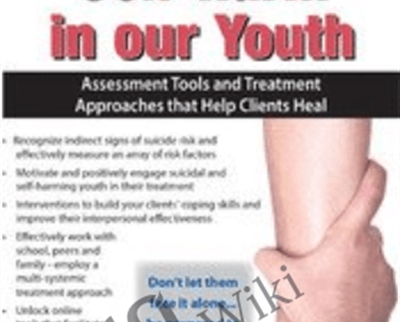

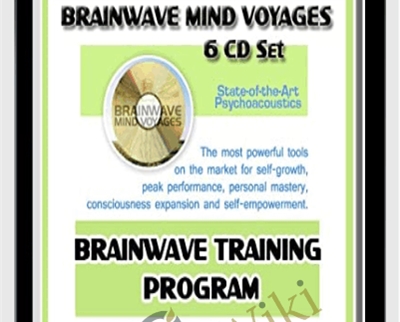
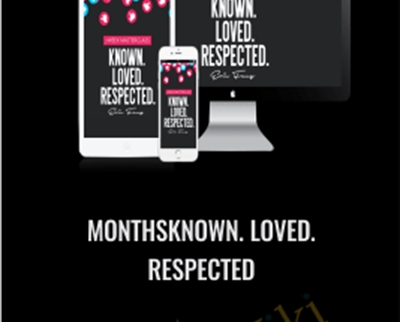
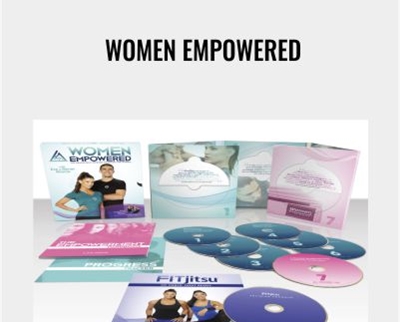
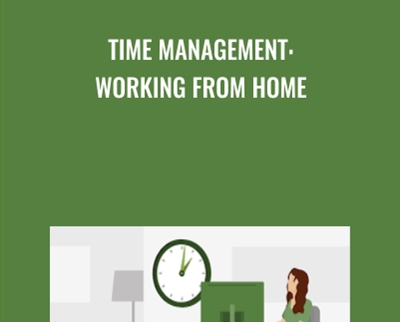
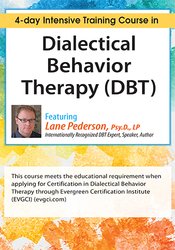
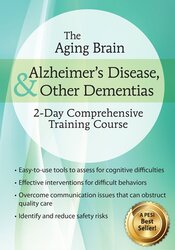
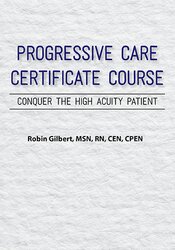
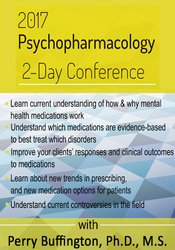
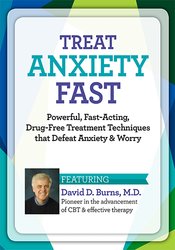
There are no reviews yet.